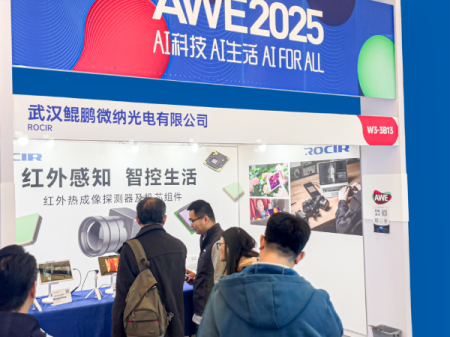Understanding HDMI Interface: The Core of High-Definition Connectivity
2025.03.27
In the realm of digital communication, the HDMI (High-Definition Multimedia Interface) has become a pivotal component for transmitting high-quality video and audio signals. As a versatile and widely adopted interface, HDMI plays a crucial role in various electronic devices, from home entertainment systems to professional display equipment. In this article, we will explore the technical advantages and applications of HDMI interfaces, highlighting their benefits in delivering exceptional multimedia experiences.
What is HDMI?
HDMI stands for High-Definition Multimedia Interface. It is a standardized technology designed to transmit uncompressed digital video and audio signals through a single cable. This simplicity not only reduces cable clutter but also enhances data transfer efficiency, making it the preferred choice for modern multimedia devices.
High-Speed Digital Transmission Capability
One of the key features of HDMI interfaces is their high-speed digital transmission capability. Leveraging Transition Minimized Differential Signaling (TMDS) technology, HDMI can transmit large volumes of data with minimal loss. This capability supports high-definition resolutions such as 720p (1280x720) and 1080p (1920x1080), making it ideal for delivering crystal-clear visuals and immersive audio experiences.
Superior Signal Quality
HDMI interfaces excel in maintaining high signal integrity. By utilizing differential signaling techniques, HDMI effectively reduces electromagnetic interference (EMI) and crosstalk, ensuring a stable and clear connection even at high resolutions. This results in a seamless viewing experience with minimal distortion, vibrant colors, and high-fidelity audio.
Enhanced Connection Stability
A critical factor for any multimedia interface is connection stability. HDMI interfaces are engineered for secure and reliable connections. The plug and socket designs are carefully crafted to minimize connection issues, ensuring that signals remain uninterrupted during usage. This structural stability is essential for preventing loose connections and maintaining consistent data transmission.
Application Across Industries
HDMI technology is extensively used in various industries, including consumer electronics, broadcasting, healthcare, and education. Devices like gaming consoles, Blu-ray players, projectors, and medical imaging systems rely on HDMI interfaces to transmit high-definition signals efficiently.
HDMI interfaces continue to shape the future of multimedia connectivity, offering high-speed data transmission, superior signal quality, and reliable connection stability. As technology advances, HDMI remains a vital solution for seamless digital communication, supporting the increasing demand for high-definition experiences. Choosing reliable HDMI solutions can maximize your multimedia connectivity.












